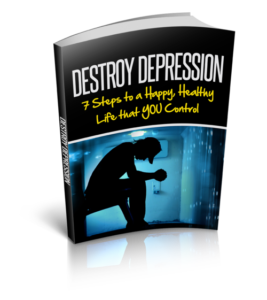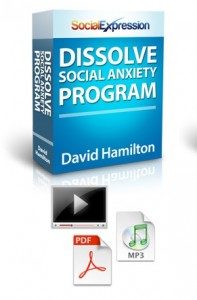No doubt we have heard this statement at some time in our lives. There have been numerous quotes over the years about laughter and its benefits to our wellbeing. I remember as a child our family subscribed to the Reader’s Digest and I would always read the jokes section which was called “Laughter is the best medicine”. Humour has always been a large part of my life, but it has only been recently that I learnt of the measurable health benefits of laughing.
The body/mind connection has been known for some time and its effects have been well researched. The placebo effect is a good example of how the mind and the body interact. In the placebo effect, the mind which believes it is taking a substance that will heal the body, appears to have an influence on the body’s healing.
Dr. Lee Berk, is an associate professor at Loma Linda University in California and has spent many years researching the effects of laughter on health. Much of the current research was driven by anecdotal stories of people who had healed themselves by watching funny videos and shows. Berk and his colleagues found that not only laughter, but the anticipation of it led to a decrease in stress hormones in the body. The role of stress in the body as a catalyst for disease is well known and researched. Stress hormones are one of the factors that are attributed to poor health outcomes and decreased longevity in Post-Traumatic Stress Disorder (PTSD) sufferers.
I wrote about this previously in Childhood Trauma and Poor Health Outcomes.
Academic research is now at least partially explaining why this might be the case. Laughter appears to lower stress hormones and inflammation in the body.
There is an important distinction to made however between laughing on one’s own and laughing in a group. Laughter like most human emotions is contagious and is therefore much more intense and pronounced when shared with other people. The relationship between good social connections and better health outcomes is also well known. Some of the benefits of laughter may be due to social inclusion. Therefore, the social aspect of laughing cannot be ignored. Ella Wheeler Wilcox alluded to this when she wrote “Laugh, and the world laughs with you; Weep, and you weep alone” in her well-known poem Solitude.
So, what if you are someone who is not well connected socially? does that mean you cannot enjoy the health benefits of laughter. Not at all. With so much access to TV, DVD’s and the internet there is always an opportunity to watch or listen to something that makes you laugh. As your mood improves you may just find that you not only feel more social, but that you also draw likeminded people to you. As Wilcox wrote: “Rejoice, and men will seek you, grieve, and they turn and go, they want full measure of all your pleasure, but they do not need your woe”.
Even if there were no other benefits from laughing it just feels good. So why not give yourself the gift of laughter and then share it with others. Humour is subjective so find what makes you laugh. It may be a funny TV show, a stand-up comedian or videos on youtube of cats or people doing stupid things. Do it now. Bookmark then close this page and find something that you think is funny. It could just change your outlook on life as well as your health.
Wishing you all the best in your journey
Phil Miranda
Sources:
https://www.sciencedaily.com/releases/2009/04/090417084115.htm
http://www.dr-lee-berk.com
https://www.poetryfoundation.org/poems/45937/solitude-56d225aad9924



